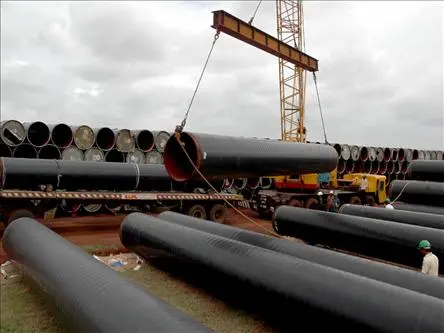On October 10, Gazprom expressed that since June when concerned countries put off South Stream gas pipe from Russia to Europe, the construction of South Stream gas pipe had risen from 16 billion euro to 23.5 billion euro.
EU took above measures under the circumstance that crisis in the eastern of Ukraine resulted in strained relationship between EU and Russia and sanctioning on each other. Analysts consider that construction cost is disadvantageous for South Stream gas pipe advancing. However, the program is about European energy security. For that, it will not be frozen indefinitely.
Gzprom and Eni launched South Stream gas pipe in 2007. South Stream gas pipe is originated from Russia, landing in Bulgaria, crossing through the Black Sea. It is divided into two branches. The northwestern branch reaches to Austria through Serbia, Hungry and Slovenia and the southwestern branch reaches to Italy through Greece and Mediterranean Sea.
South Stream gas pipe was started on December 7, 2012. It is planned to transmit gas to Europe at the end of 2015. Transmission capacity is as high as 63 billion cubic meters per year.
The construction of South Stream gas pipe consists of two parts: the cost of submarine pipeline and land pipeline. Nowadays, two parts of construction are rising. Among that, the cost of submarine pipeline has increased from 10 billion euro in June to current 14 billion euro. Land pipeline has increased from 6 billion euro in June to current 9.5 billion euro.
Gazprom shows that the construction may still increase in the future.
Analysts consider that for consumes, construction cost of South Stream gas pipe rising means that terminal price of gas may also increase. And investors may also refuse to add investments, which have great influence on program advancing.

